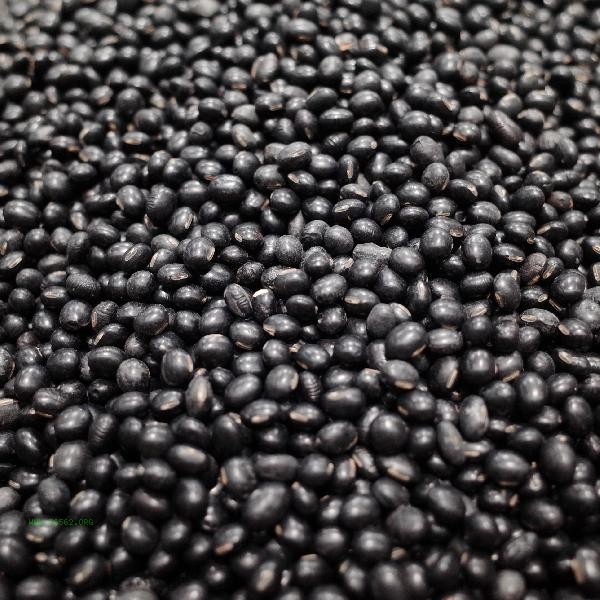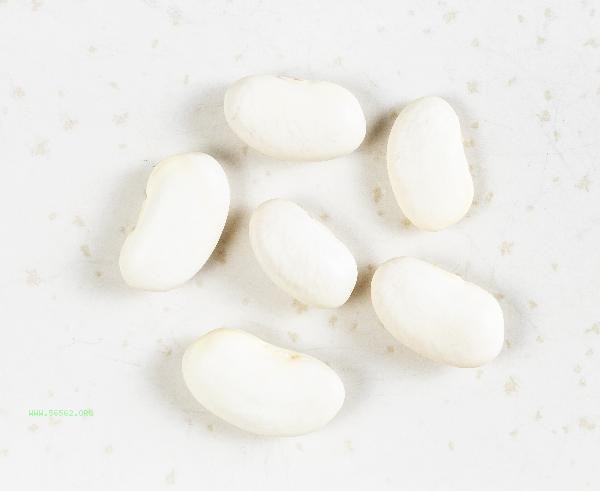Healthy adults are recommended to consume 30-50 grams of legumes per day, as excessive consumption may cause gastrointestinal discomfort. The intake of legumes should be adjusted based on individual digestive capacity, cooking methods, and total protein intake. Beans are rich in high-quality protein, dietary fiber, and B vitamins. Moderate consumption can help regulate blood lipids and blood sugar. Soaking and cooking 30 grams of dried soybeans can provide about 10 grams of protein, equivalent to one sixth of the daily requirement. The use of fermentation or germination techniques can improve absorption rates, such as natto or bean sprouts. Those with weak gastrointestinal function can choose peeled mung beans or soybean milk to reduce the risk of flatulence. Eating with grains can improve protein utilization, such as red bean rice or chickpea salad. Individuals with renal dysfunction should limit their intake of legumes to avoid exacerbating metabolic burden. During the gout attack period, it is advisable to avoid varieties with high purine content such as soybeans and black beans. The daily intake of soy isoflavones should not exceed 50 milligrams, which is equivalent to 100 grams of tofu. Infants and young children with underdeveloped digestive systems are not recommended to consume whole beans before the age of 1. Some people are allergic to soy protein and may experience skin itching or respiratory symptoms.

It is recommended to consume legumes in a dispersed manner throughout three meals to avoid consuming large amounts at once. Cooking methods such as stewing and breaking can improve digestion and absorption rates, and the vitamin C content of sprouted beans can be increased several times. There are significant differences in the nutritional characteristics of different legumes, and varieties such as soybeans, black beans, and chickpeas can be rotated for consumption. Special populations should develop personalized intake plans under the guidance of nutritionists, while observing bowel movements and abdominal distension for timely adjustment.










Comments (0)
Leave a Comment
No comments yet
Be the first to share your thoughts!